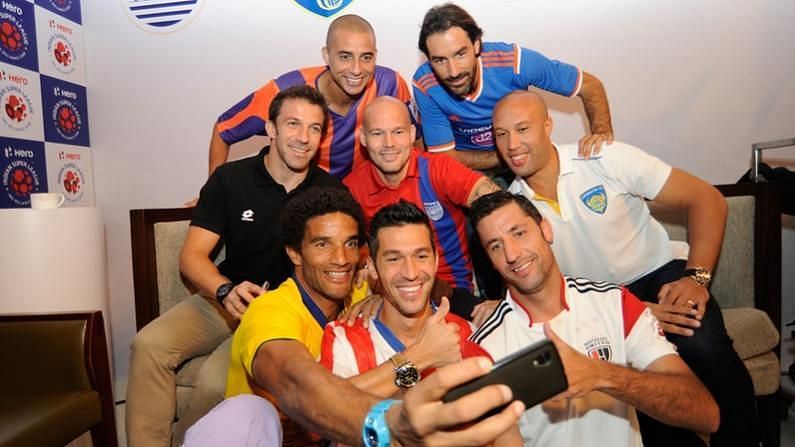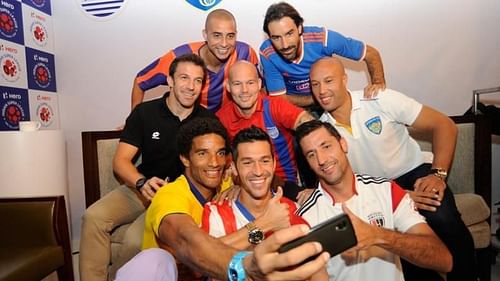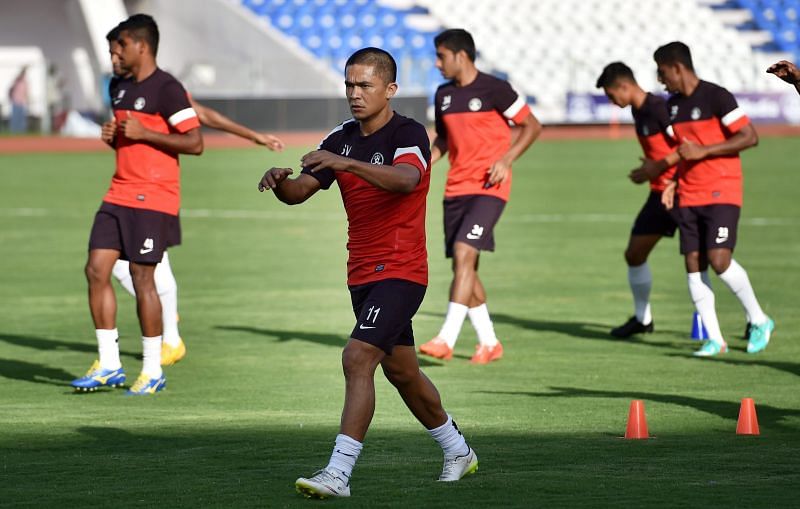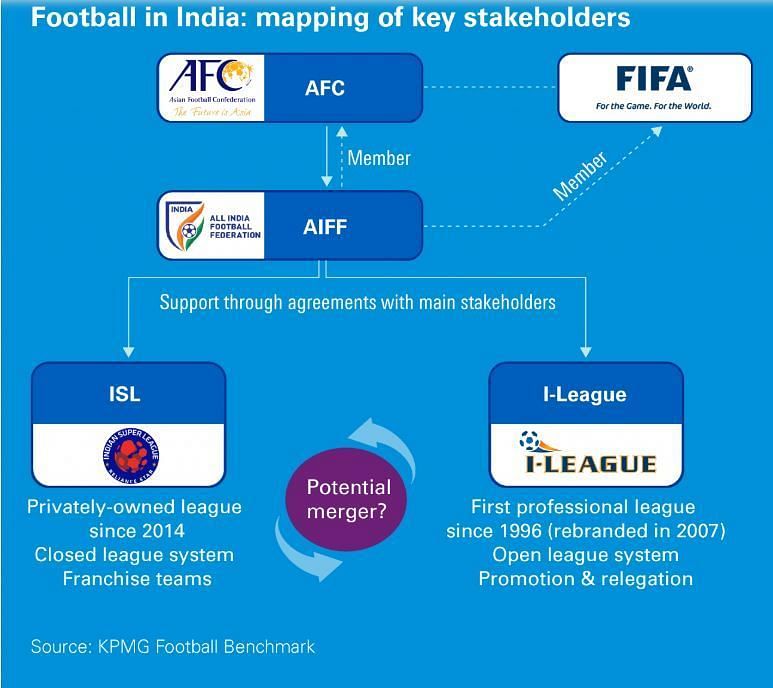
Indian Super League: ISL has set Roadmap for Growth of Indian Football

Even though the ISL looks to be falling apart in the absence of viewership, empty stands and the lack of interest from the sponsors, it should well be noted that Indian football has come a long way since the league had started.
Before 2014, there was a time when people used Indian Football as a bar for their confidence and as a synonym for things which were impossible to achieve. Even though the statement still holds some value, the bar of confidence has shifted down on its scale, even if a little, it has.

Before the inception of the Indian Super League, football fans all over the country begged for a revamped structure. The standard of football in India back then was poor. Infrastructure was below-par and the grassroots were a complete mess. After the success of the Indian Premier League, it all seemed just a matter of time before the same template could be reciprocated for football in India.

When the interest did evolve, the two most important challenges arrived. The first was the approach.
ISL's experiments
When the ISL finally commenced in October 2014, the organisers FSDL (Football Sports Development Limited) went with a franchise-based approach rather than experimenting with the promotion and relegation format that already existed in the country with the I-league.
This approach looked sustainable because A) the league could be over in a couple of months and the short duration didn’t require the shareholders to invest money on long term contracts each season and B) It played as a safe space for the investors to recover that money back as the duration between two seasons spanned over 8 months.
Even with that approach, it was mutually agreed between the league and the investors that the league would take at least take five seasons to bear fruit financially.

Taking the first factor into account, the league next focused on the attractiveness to penetrate the consumer sectors which have been regarded as untouched football territories. Since it was impossible to bring in well-known in-form footballers, the ISL clubs started filling in with people who were once the face of the big teams in Europe and worldwide with the likes of Robert Pires, Allesandro Del Piero and Roberto Carlos playing on the Indian soil for the very first time.
They also went in with the glamorous approach of making movie stars as owners and brand ambassadors of ISL teams to appeal to the masses. Not to forget the glamorous opening ceremonies and the in-stadium entertainment with Live DJs and fireworks.
Reality check for ISL
The other big league, the IPL, was held during the non-ISL months and this was projected as a winning formula for the future of the ISL.
It went okay with the first two seasons until reality kicked in. Clubs began to notice that they were only investing without a foreseeable return in the future. Stakeholders and sponsors started to pull out and from the third season onwards, clubs began to panic and all of a sudden what looked like an investment turned into a liability for a majority of the teams as the league was not sustainable anymore!
Why?
Even though the ISL followed the exact same template as the IPL, the one most important factor that they completely missed out was the quality of the game. Majority of the players in a team were Indians and a majority of those Indian players were a result of the faulty grassroots that has shaped these footballers over the years.
In order to sustain a league for a longer tenure, the ISL altered their viewpoint from a customer-centric league to a more game-centric league as it was clear that the quality of football cannot be imposed, it has to be grown.
Following that, they were required to make a couple of changes
1) Strengthen the grassroots
2) Increase its incubation time from five seasons to at least ten or more
From the fourth season onwards, ISL made their first step to go under the AFC guidelines which required the teams to compulsorily have a youth team under their arms in order to get an AFC license. The league also increased its running span from 3 months to five or six months for the Indian players to get maximum recovery time and prepare themselves for the major part of the year.
Focus on youth
The second challenge was to get the clubs to believe in the league’s policy and invest accordingly. Since some of the teams were taken over by Bollywood celebrities, they struggled and are still struggling to keep up with the pace and are most likely to give up after this season.
Other corporates are likely to merge or sell their stakes in order to sustain in the roadmap of the ISL. It is for that reason the fourth season of the ISL saw the emergence of two new teams in the form of Jamshedpur FC and Bengaluru FC.
The teams were backed by the Tata and the Jindal Group respectively. Both have deep pockets to sustain a team for the long run and that is the only practical approach for football in India.
The quality of football is the most important and that’s the point of everything, after all!
Even though ISL is losing out on sponsors and partners, it has to have faith in the larger scheme of things. The base ingredient remains the same which is the quality of football that requires to be nurtured.
The proof that this long-term formula is going to work can be traced to the fact that Atletico Madrid, who once left their association with Kolkata, are back this season with Tata Trust (which backs Jamshedpur's Tata Fooball Academy) solely to strengthen the grassroots system of the country.
India has one of the largest youth populations in the world and the South Asian countries like India and China are projected to be the football hubs of the world, at least in terms of viewership. Even with a decrease in the spectator attendance in the metros, ISL will be happy to get crowds in cities like Kochi, Goa, and Jamshedpur.
With an increase in pressure from AFC, the ISL might also merge with (or rather take over) the I-league, which will further benefit the league as most of the I-League clubs come with a massive fanbase. A clash between an ISL franchise with an I-League team in a centralised league will always gather a fair share of eyeballs.

Alas! The fans would also not have to pretend their loyalty for a club as they are smart enough to choose on the kind of philosophy they want to subscribe to.
The ISL is sitting on a very pivotal moment in the history of the league and at this juncture, the realities should be addressed and require to be acted accordingly. Without a league as such, Indian football cannot progress in the right direction.